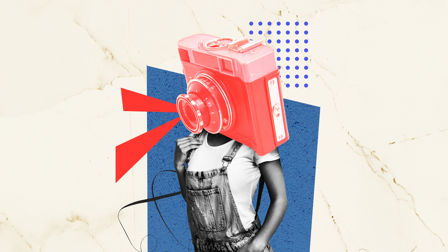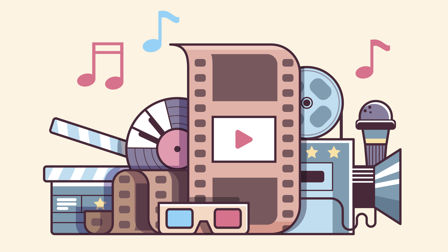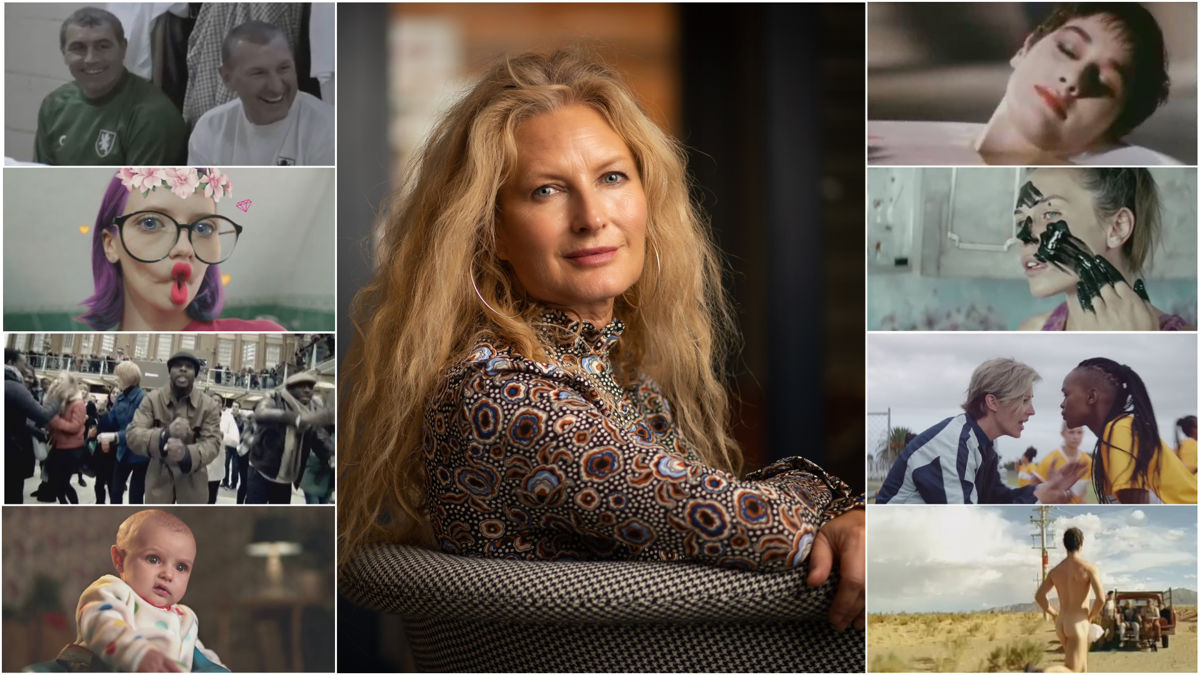Creative Correspondence: Kate Stanners & Mia Silverman
Saatchi & Saatchi's Global CCO, Kate Stanners, and up-and-coming Saatchi Art Director, Mia Silverman, discuss their respective careers, how the job has changed (and stayed the same), and why the growing need to deliver at speed can lead to bad work... but doesn't have to.
With a raft of celebrated work on her CV, Kate Stanners is one of the most successful and respected creatives in the industry.
She has worked on projects for clients including IKEA, Boots, Clarks, Sky Sports, Carlsberg, Pampers, the NSPCC, T-Mobile and many more. Now the Global Chief Creative Officer for Saatchi & Saatchi, here Stanners chats with young Saatchi Art Director, Mia Silverman.
Silverman, whose work includes campaigns for BT, Visa and Deutsche Telekom, talks with Stanners about how attitudes to women in the creative department have changed, the value of seeing ‘someone like me’ doing the job, how the job changes as you rise through the ranks, and the people who have had an impact on their lives and careers.
Kate Stanners: Mia, I remember meeting you for the first time, along with your creative partner at the time, Sophie, and I couldn’t help but have a flashback to when myself and my partner Carol first started in advertising. Then, it was unusual to be an all-female team. In fact, some creative directors would say that they couldn’t hire us because they already had a female creative team.
I feel that things have changed; what about your experience?
I feel fortunate to have had brilliant female role models from my first job as a junior.
Mia Silverman: Every agency is different but when we first teamed up, we were one of the only two or three all-female teams in a large department, which brought its own experiences. There’s still so much to do but in the few years since then I agree attitudes are changing, and it's encouraging to look around the industry and see more and more female talent emerging. I feel fortunate to have had brilliant female role models from my first job as a junior, and now at Saatchi’s, and it was great to meet you when I did as it was the first real time working under a female Creative Director as senior as yourself, and that was so inspirational.
How did you find it building your career when it was so male dominated?
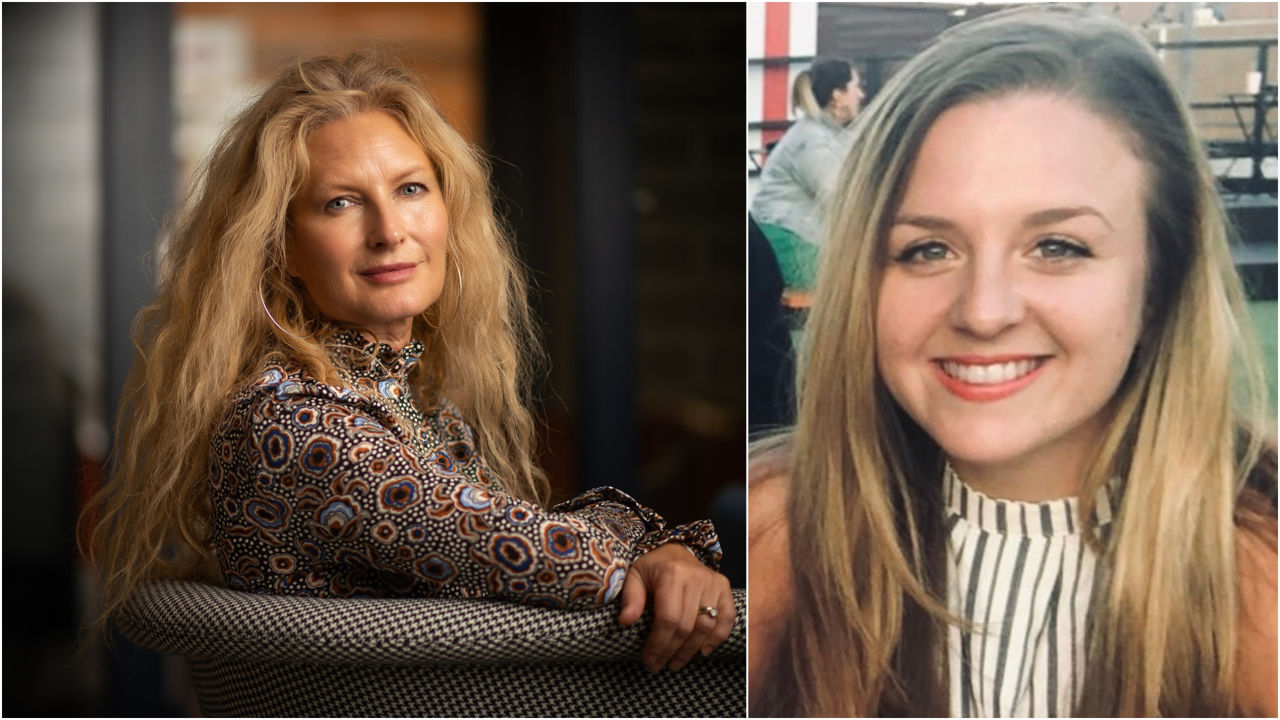
Above, left to right: Saatchi & Saatchi's Global CCO, Kate Stanners, and Art Director, Mia Silverman.
KS: I have never worked into a female Creative Director, so often found myself to be the only woman, be that in the creative department, a client meeting or later as a creative director, and even an awards judge. I never wanted it to define me, and I was uncomfortable standing out because of it. I didn’t like the way the briefs for ‘female’ products landed on my desk, so I actively tried to work on beer and cars, which I have done a lot of over the years. I wasn’t conscious of the fact that I was instinctively drawing on my own experience, and that my experience could often be different to my male colleagues. That different voice was important. Thinking about it, my first ever ad was a Cadbury’s Flake commercial featuring a woman eating chocolate in the bath… a personal indulgence of mine. Well, that or a glass of wine.
I didn’t like the way the briefs for ‘female’ products landed on my desk, so I actively tried to work on beer and cars, which I have done a lot of over the years.
I think we can’t underestimate the value of seeing ‘someone like me’ doing a job, to act as an important signal to others that this is an industry that they can work in. That’s why it is fantastic that you look after the placement system at Saatchi’s, and I’m sure that is one reason why we have seen such a talented group of young people, and a high proportion of young women, coming into the creative department.
But it isn’t enough. We have to be more proactive in opening up opportunities to all underrepresented minority groups.
Credits
View on- Director Nick Lewin
Explore full credits, grab hi-res stills and more on shots Vault
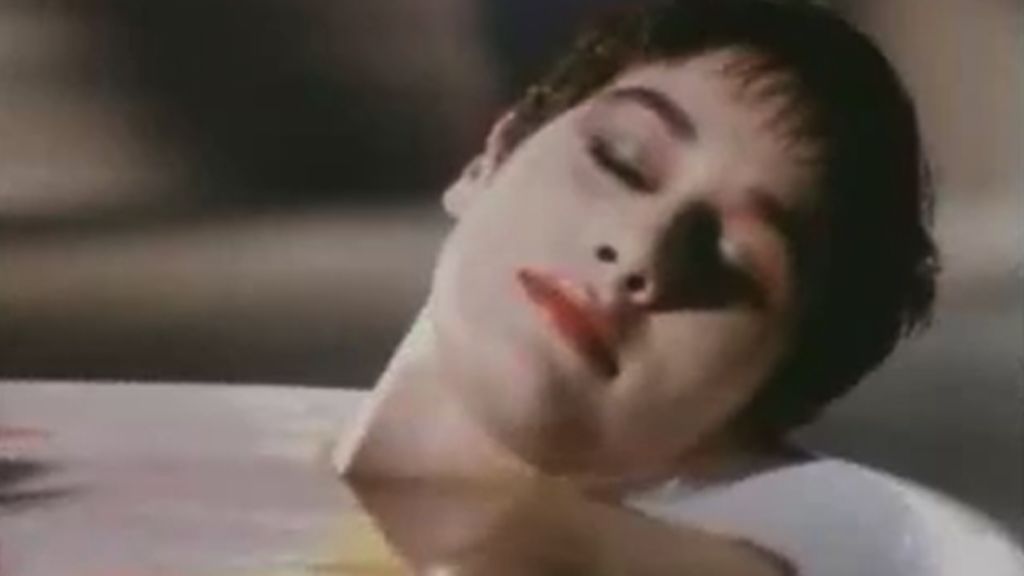
Credits
powered by- Director Nick Lewin
Above: One of Stanners' first TV spots was the iconic commercial for Cadbury's Flake.
MS: Beers and cars! Yes, I know the feeling! I agree that drawing on your own experiences is so important for creatives. I suppose, looking back, that was something important to me when we did our work on women’s football during the FIFA Women’s World Cup. I really wanted the brief as I’m a huge football fan (have I ever mentioned I support Spurs?!) but also because I could relate to some of the barriers in women's sport; playing football at school and being the only girl playing, or kids calling me a ‘tomboy’, and I suppose never really believing, back then, it was possible to play as a career.
It’s so important to have different experiences in advertising so we make work that really connects to people.
It’s so important to have different experiences in advertising so we make work that really connects to people and is authentic, and it's also why I really hope we can continue to keep opening up the industry to bring in more talent from different backgrounds, with different life experiences. I'm excited about the different ways we can attract new talent. For instance, I've always been keen to visit schools and discuss the opportunities within the creative industries.
How do you think the initiatives Saatchi & Saatchi is driving can help with this going forward?
Credits
View on- Agency JWT London
- Sound Design Delta Sounds
- Executive Creative Director Axel Chaldecott
- Creative Sophie Browness
- Creative Tom O'Donnell
- Creative Mia Silverman
- Sound Designer Nick Ryan
- Sound Designer Davey Williamson
- Sound Designer Laurence Greed
- Audio Producer/Director
- Audio Producer/Director Nick Ryan
- Head of JWT Live
Explore full credits, grab hi-res stills and more on shots Vault
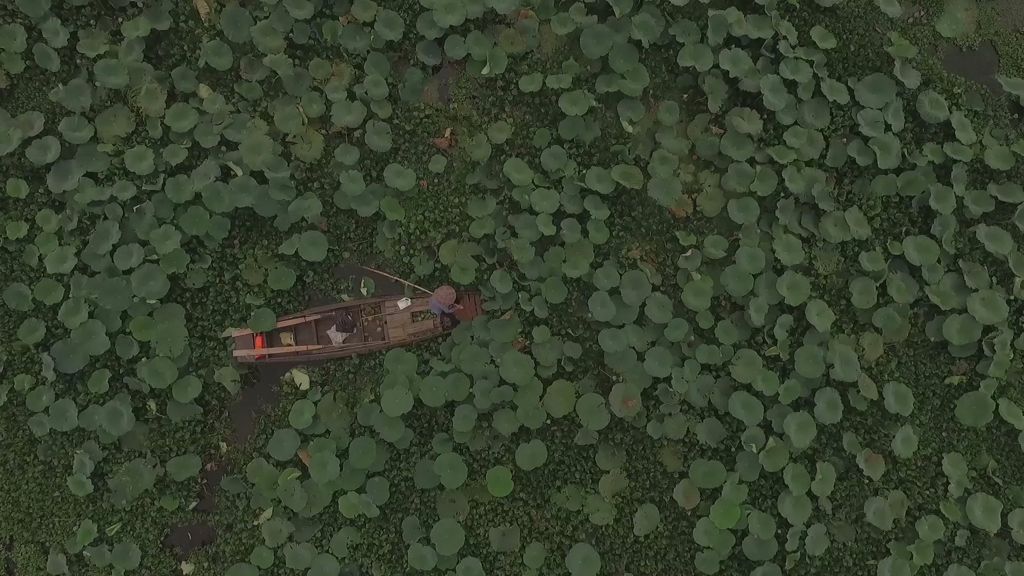
Credits
powered by- Agency JWT London
- Sound Design Delta Sounds
- Executive Creative Director Axel Chaldecott
- Creative Sophie Browness
- Creative Tom O'Donnell
- Creative Mia Silverman
- Sound Designer Nick Ryan
- Sound Designer Davey Williamson
- Sound Designer Laurence Greed
- Audio Producer/Director
- Audio Producer/Director Nick Ryan
- Head of JWT Live
Above: Silverman's work, while at JWT, for HSBC and the WWF for an installation at Gatwick airport.
KS: There are many different barriers to people coming into our industry. One is seeing ‘people like me’, and I think, for young women, meeting you as their first engagement with the agency is so important. But we have to do so much more to make the industry one that everyone, from every community, feels is for them. It is unacceptable that there are so few people of colour working in the business.
It wasn’t until I did some work experience at BBH one summer that I really understood what it meant to ‘be a creative’.
D&AD’s Shift programme is an incredible example of what is needed; a night school course for people from under-represented groups that helps them unlock their creative potential by working on live briefs, supported by agency experts. Our Saatchi Ignite initiative is a school outreach programme designed to inspire and inform students across the UK about the power of creativity and their own potential. And our Saatchi Open programme is designed to open up the industry to groups that have never seen our business as being for them.
All of this is with the sole objective of ensuring the industry has more diverse representation, and recognising that the next generation are more entrepreneurial and want more flexibility, freedom and autonomy from their careers. In addition to that, there are initiatives to make us more accessible geographically, as being London based is a problem for people from other parts of the country, with the cost of living being so high. That’s why we’ve created Saatchi Home - to help provide affordable accommodation for interns, Saatchi Open candidates and junior team members. All of this is designed to make us more inclusive and attract the sort of diverse talent that will keep us creative, entrepreneurial and relevant.
It is funny, I remember when I was at art college in Liverpool (did I mention that I’m a Liverpool fan… league champions) that it wasn’t until I did some work experience at BBH one summer that I really understood what it meant to ‘be a creative’. I really didn’t have a clue what advertising was about until then. Made even more ridiculous by the fact that my dad was Creative Director at Leo Burnett!
When I think about what our job entails, it is about solving our clients' business problems through creativity.
In so many school’s art subjects are overlooked in favour of the more academic ones. And yet, the future needs creativity. When I think about what our job entails, it is about solving our clients' business problems through creativity. Be that by making experiences that engage, stories that connect, or design that seduces. None of that has changed since I started. What has changed is where and how people experience them.
I wonder what your thoughts are about what the future holds for how you do your job?
Credits
View on- Agency Saatchi & Saatchi/London
- Production Company Anonymous Content/London
- Director Tim Godsall
-
-
Unlock full credits and more with a shots membership
Credits
View on- Agency Saatchi & Saatchi/London
- Production Company Anonymous Content/London
- Director Tim Godsall
- Editing Work Editorial/London
- Post Production Electric Theatre Collective
- Sound Design Factory
- Music Supervision Birdbrain
- Chief Creative Officer Guillermo Vega
- Creative Will Brookwell
- Creative Director William John
- Art Director Mia Silverman
- Copywriter Ryan Price
- Executive Producer Adam Walker
- Executive Producer Tor Fitzwilliams
- Producer Ben Roberts
- Editor Jono Griffith
- Colourist Jason Wallis / (Colorist)
- Sound Designer Mark Hills
- Audio Producer Deborah Whitfield
Explore full credits, grab hi-res stills and more on shots Vault
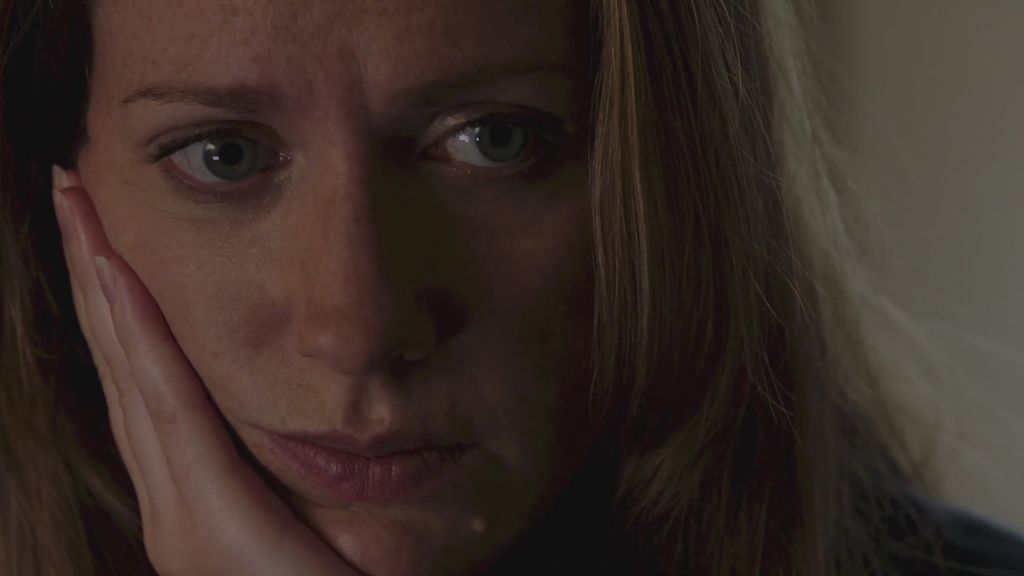
Credits
powered by- Agency Saatchi & Saatchi/London
- Production Company Anonymous Content/London
- Director Tim Godsall
- Editing Work Editorial/London
- Post Production Electric Theatre Collective
- Sound Design Factory
- Music Supervision Birdbrain
- Chief Creative Officer Guillermo Vega
- Creative Will Brookwell
- Creative Director William John
- Art Director Mia Silverman
- Copywriter Ryan Price
- Executive Producer Adam Walker
- Executive Producer Tor Fitzwilliams
- Producer Ben Roberts
- Editor Jono Griffith
- Colourist Jason Wallis / (Colorist)
- Sound Designer Mark Hills
- Audio Producer Deborah Whitfield
Above: Silverman recently worked on this WFH-themed spot for BT.
MS: To be honest, I had no idea how advertising worked either, until I did my first work experience at MCBD (in account management). I never really thought about the fact agencies existed, or the creative process behind making ads. I am so glad I found it though as I feel fortunate to have a career where I can express myself by being creative every day. I enjoy that film advertising is still so successful because that says to me that people will always enjoy watching a minute of something funny or moving, or a great story with amazing craft. With filmmaking and post production techniques and the constant influx of new tech out there it will make the craft better and better; I think that's exciting for the future.
The best part has always been working with talented people who inspire you so you can learn something new.
I have to say that collaboration with post production is something I've really missed during the last year. The best part has always been working with talented people who inspire you so you can learn something new, so I'd hope in the long-term future we can find that balance of taking the positives working from home gives us, but ensuring we keep the collaborative part of the creative process together. Hopefully that will also help attract more people too.
How have you found the work has changed over the years through judging and your recent experience as D&AD President?
Credits
View on- Agency Saatchi & Saatchi/London
- Production Company RadicalMedia/London
- Director Mollie Mills
-
-
Unlock full credits and more with a shots membership
Credits
View on- Agency Saatchi & Saatchi/London
- Production Company RadicalMedia/London
- Director Mollie Mills
Explore full credits, grab hi-res stills and more on shots Vault
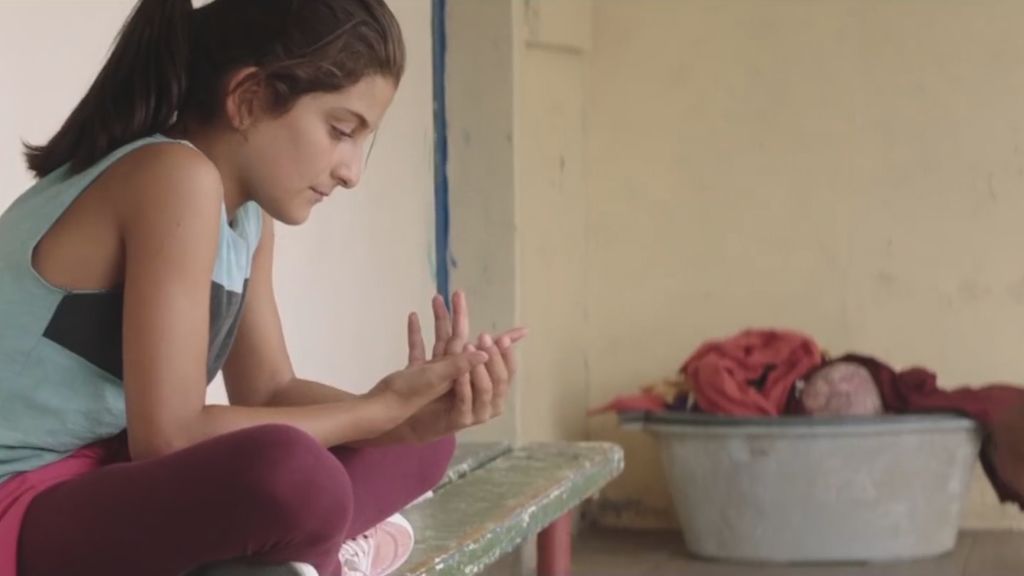
Credits
powered by- Agency Saatchi & Saatchi/London
- Production Company RadicalMedia/London
- Director Mollie Mills
Above: Silverman's campaign for Visa, a supporter of the FIFA Women's World Cup in 2019.
KS: I love your passion for the craft. I think that you can never underestimate its importance. It is the difference between a piece of work talking logically to your brain, or one that speaks to the heart and your gut, and that’s when an idea really resonates.
You can have idea after idea, but it’s only when they are made that they can have extraordinary power.
We talk a lot about the unreasonable power of creativity at Saatchi and that, for me, is about how an idea is realised. You can have idea after idea, but it’s only when they are made that they can have extraordinary power. The creative process doesn’t stop at the idea, it keeps developing as you make it. I love how technology has made collaboration so easy and fast, because working with different types of talent is when an idea really starts to get exciting.
I worked at GGT when I started. There, Dave Trott, our Creative Director, encouraged an outrageous work ethic, which resulted in very few actual weekends or holidays, and us producing a huge body of work. We learned from incredible people like Nick Park at Aardman, Paul Weiland, John Lloyd, Nick Lewin and many more. All those lessons are still relevant. They were all incredible storytellers in their very unique way, and that is such a fundamental skill.
I thought your choice of [director] Mollie Mills, on Visa’s Women’s World Cup campaign [above] was instrumental in creating a new visual style for shooting football. Similarly, our recent project for Deutsche Telekom with Billie Eilish felt so distinctive because of the filmic treatment. You had a real instinct that the fresh aesthetic of [director] Vincent Haycock’s work, would be important in giving the film a modern, youthful feel. And you were right. The real magic of that film was in its thoughtful quietness, it felt like it was an authentic voice.
We learned from incredible people like Nick Park at Aardman, Paul Weiland, John Lloyd, Nick Lewin and many more. All those lessons are still relevant.
As my job has changed over the years, from Art Director to CD, from CD to CCO and then Global CCO, so has my perspective. You get to see a lot of work; sometimes you are directly reviewing it, other times you are more removed and, as you mention, I have had the wonderful experience of judging work for awards and, this year as D&AD’s president, I have been able to see how themes start emerging.
In some ways nothing has changed and others everything has changed. Brilliant work stands out a mile. That never changes. It is original, it is smart, it is simple. It’s crafted with care and beauty. It elicits an emotional response in you, be that a laugh, a tear, a repulsion, a desire. And, as a creative, in all cases, jealousy. “I wish I’d done that.”
Film remains such an important way to tell our stories, and it has been exciting to see how we use it on new and emerging platforms.
What has changed is how we consume work and, therefore, the relationship with its audience has shifted. There is more participation, more conversation and more opportunity to experience a brand in multiple ways. As you say, film remains such an important way to tell our stories, and it has been exciting to see how we use it on new and emerging platforms. How we can use technologies to deliver more acutely insightful and relevant stories to specific audiences in meaningful ways.
I wonder how you feel about the different paths you could take. If the idea of being a Creative Director is appealing, or having your own agency. Or, if you don’t see that as a path, maybe directing is where you might head?
Credits
View on- Agency Saatchi & Saatchi/London
- Production Company Somesuch
- Director Vincent Haycock
-
-
Unlock full credits and more with a shots membership
Credits
View on- Agency Saatchi & Saatchi/London
- Production Company Somesuch
- Director Vincent Haycock
- Production Service Papaya Films/Warsaw
- Post Production Electric Theatre Collective
- Sound Design Factory
- Executive Producer Tash Tan
- Producer Elena Camisa
- Line Producer Youree Henley
- Line Producer Marta Spychalska
- DP Matyas Erdely
- Post Producer Jon Purton
- Talent Billie Eilish
- Colourist Luke Morrison
- Sound Designer Dan Beckwith
- Global Chief Creative Officer Kate Stanners
- Chief Creative Officer Guillermo Vega
- Creative Director Franki Goodwin
- Creative Director William John
- Producer Nayab Malik
- Producer Ally Dean
- Producer Jodie Sibson
- Designer Talveer Uppal
Explore full credits, grab hi-res stills and more on shots Vault
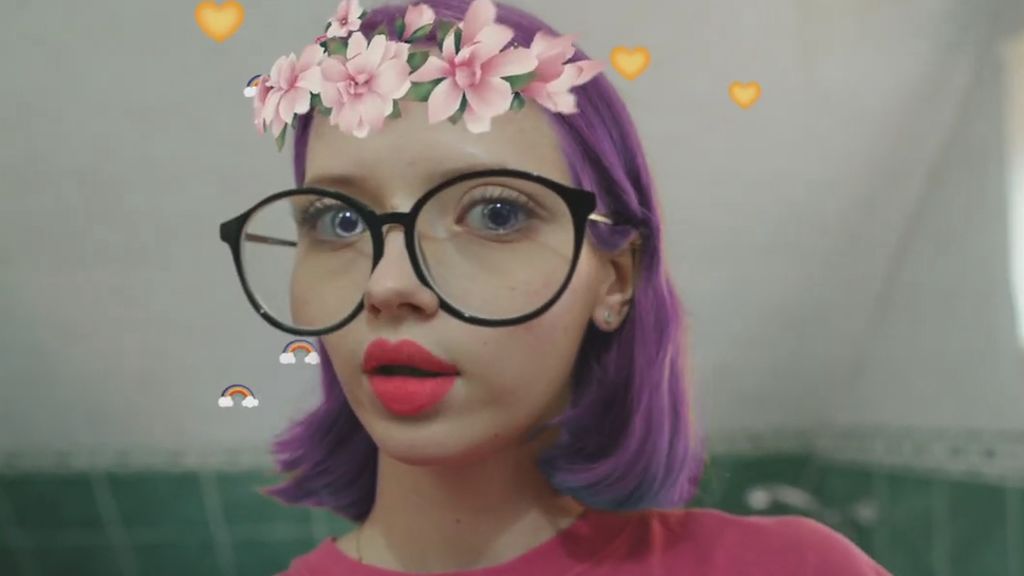
Credits
powered by- Agency Saatchi & Saatchi/London
- Production Company Somesuch
- Director Vincent Haycock
- Production Service Papaya Films/Warsaw
- Post Production Electric Theatre Collective
- Sound Design Factory
- Executive Producer Tash Tan
- Producer Elena Camisa
- Line Producer Youree Henley
- Line Producer Marta Spychalska
- DP Matyas Erdely
- Post Producer Jon Purton
- Talent Billie Eilish
- Colourist Luke Morrison
- Sound Designer Dan Beckwith
- Global Chief Creative Officer Kate Stanners
- Chief Creative Officer Guillermo Vega
- Creative Director Franki Goodwin
- Creative Director William John
- Producer Nayab Malik
- Producer Ally Dean
- Producer Jodie Sibson
- Designer Talveer Uppal
Above: Silverman worked on a project for Deutsche Telekom with Billie Eilish, which she says is "the most ambitious project I’ve ever worked on".
MS: It’s interesting hearing about the names of the people you’ve collaborated with that have stayed with you and had an impact on you, just like Mollie Mills and Vincent Haycock had to me. The Billie Eillish project you mentioned was certainly the most ambitious project I’ve ever worked on, and it was immense to work in such a fantastic team to make it. I think we were all really proud of that one and it’s definitely one that will stay with me.
Creative directing appeals to me for many reasons but sometimes I think I’d find it difficult to take a step back from writing the work.
I also think everything you’ve mentioned is exactly what's so great about the breadth of the creative industries and that it can lead you to so many different places. Creative directing appeals to me for many reasons, and I know I would find it rewarding, but sometimes I think I’d find it difficult to take a step back from writing the work. I’ve met some wonderful senior creatives who I thought would be epic creative directors but they chose not to take that path because of the enjoyment of concepting ideas, and I get it.
I have thought about what having an agency would be like (aside from banning timesheets!). It sounds obvious, but one thing I’ve been stricter with myself on recently is not presenting work I wouldn’t really, really want to make (or wouldn’t be fun or challenging to make). I suppose that’s what starting an agency is – but on a massive scale, so I can see why it'll be a dream for a lot of creatives. But maybe my burning desire to ban timesheets is why I shouldn’t have my own agency…
One thing I’ve been stricter with myself on recently is not presenting work I wouldn’t really, really want to make.
Overall though, I’d say my ambitions are still quite short term; enjoying projects, some personal goals and side hustles, and to keep working with inspiring people. And, if all that fails, then maybe I’d finally try to become an artist, painting miniature schnauzers!
Do you ever wonder what else you would be doing if it wasn't for advertising?
Credits
View on- Agency Saatchi & Saatchi/London
- Production Company Gorgeous
- Director Chris Palmer
-
-
Unlock full credits and more with a shots membership
Credits
View on- Agency Saatchi & Saatchi/London
- Production Company Gorgeous
- Director Chris Palmer
- CD Kate Stanners
- Art Director Richard Denney
- Copywriter Dave Henderson
- Producer Manuela Franzini
- VFX The Mill/London
- Editor Paul Watts
- Line Producer Rupert Smythe
- DP Ian Foster
Explore full credits, grab hi-res stills and more on shots Vault

Credits
powered by- Agency Saatchi & Saatchi/London
- Production Company Gorgeous
- Director Chris Palmer
- CD Kate Stanners
- Art Director Richard Denney
- Copywriter Dave Henderson
- Producer Manuela Franzini
- VFX The Mill/London
- Editor Paul Watts
- Line Producer Rupert Smythe
- DP Ian Foster
Above: Stanners and Saatchi brought England footballers of years past back together for Carlsberg.
KS: I know what you mean about concepting, and never wanting to be too removed from the work. I actually think it is a shame that creative directing is seen as a progression. I believe it is simply a different skill, which some people are good at and some not. The same goes for being a writer, designer or an art director.
I have loved every stage of my career, but I think I am at my happiest sitting with a team, reviewing work, discussing their ideas, finding the beginnings of something special. Seeing it develop, helping guide and shape it. Introducing creatives to other people who will make their work better, through insights, or data, or technology. The real joy of the job is the opportunity to work with clever, interesting and talented people. That is a real privilege, driven by my own continuous curiosity and desire to learn. I think I am at my best when I am a client’s creative partner, getting under the skin of their brand, and really feeling it. Building a relationship of mutual trust and respect, collectively raising the creative ambition and impact.
I think I am at my happiest sitting with a team, reviewing work, discussing their ideas, finding the beginnings of something special. Seeing it develop, helping guide and shape it.
Then there is the aspect of being a CCO, which is not just about the creative department, it is about setting the agenda for the agency and creating a culture where work and people can flourish. It was at St Luke’s that I really understood that. We created an environment that was about collaboration. We built a culture that wasn’t afraid to fail, and I think that’s why we made such interesting work. We attracted clients that wanted the same thing. They weren’t afraid to try new approaches, be brave and radical to have impact.
Credits
View on- Agency Saatchi & saatchi London
- Production Company Partizan London
-
-
-
Unlock full credits and more with a shots membership
Credits
View on- Agency Saatchi & saatchi London
- Production Company Partizan London
- Post Production The Mill London
- Editor Bill Smedley
- Creative Dave Henderson
- Creative Richard Denney
- Director Antoine Bardou-Jacquet
- Producer Rebecca Williams
Explore full credits, grab hi-res stills and more on shots Vault

Credits
powered by- Agency Saatchi & saatchi London
- Production Company Partizan London
- Post Production The Mill London
- Editor Bill Smedley
- Creative Dave Henderson
- Creative Richard Denney
- Director Antoine Bardou-Jacquet
- Producer Rebecca Williams
Above: Stanners helped with Visa's naked ambition on this spot from 2006.
Similarly, when I joined Saatchi’s as CCO, my brief was to transform and modernise. It was daunting, such an iconic agency. So, I started with what I knew; the clients and the work.
For Carlsberg we made Old Lions. Enter the reformed 1966 World Cup-winning England team. We made three minutes of pure entertainment. A totally different approach. Then Visa, a new client with new ambition, and we developed 'Life Flows Better With Visa', launched with a naked running man. For T-Mobile we transformed the endline; ‘Life’s For Sharing’, into a challenge to ourselves to make work worth sharing, and so we started with a flash mob in Liverpool Street Station and went on to do 10 years of work that ranged from Katy Perry’s Fireworks video, to Welcome Back at Heathrow, to a game that helped with research into dementia with Sea Hero Quest.
The gap between imagining and making is closing. The need to deliver at speed can lead to less ambitious work, crafted badly.
It really is the best job in the world, but if I wasn’t doing it I would perhaps go back to the beginning. After school I was going to study history, but I loved art, design, fashion and textiles, so I thought I would do a year’s art foundation course to get that out of my system, then go to university to do history. Of course, I ended up at art college… so maybe history might beckon, either that or making some directional outerwear for my Welsh and Irish terriers!
The industry is changing with the huge advances in technology which creates exponential possibilities. The gap between imagining and making is closing. The need to deliver at speed can lead to less ambitious work, crafted badly. It doesn’t have to be, it simply highlights the importance of creativity. I think it was the wonderful Ken Robinson who defined creativity as “the process of having original ideas that have value”. That is limitless.
The future needs creativity, which gives me huge optimism for what’s next.
Credits
View on- Agency Saatchi & saatchi London
- Production Company Partizan London
-
-
-
Unlock full credits and more with a shots membership
Credits
View on- Agency Saatchi & saatchi London
- Production Company Partizan London
- Agency Producer Ed Sayers
- Creative Kate Stanners
- Creative Paul Silburn
- Creative Rick Dodds
- Creative Steve Howell
- Director Michael Gracey
Explore full credits, grab hi-res stills and more on shots Vault
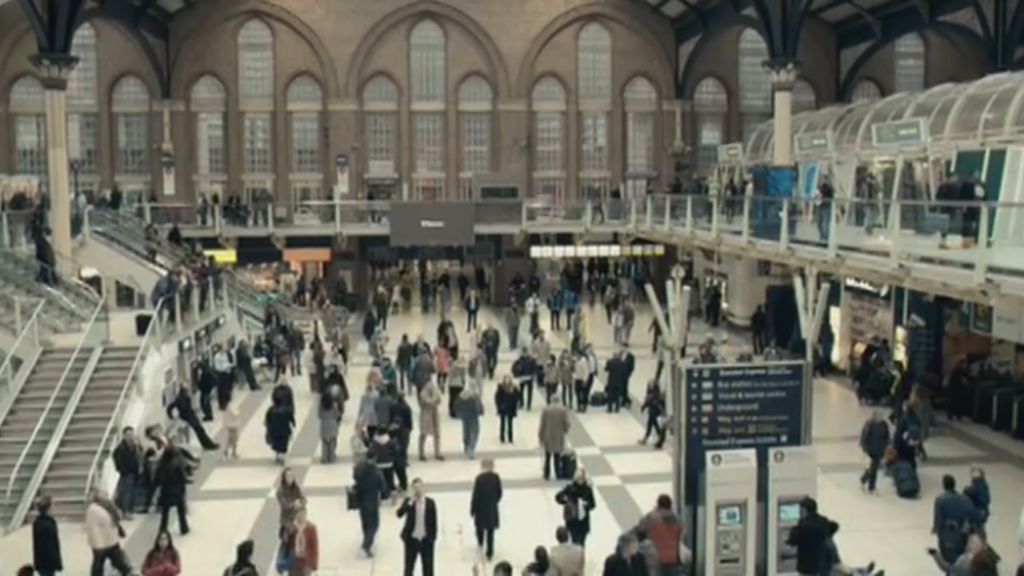
Credits
powered by- Agency Saatchi & saatchi London
- Production Company Partizan London
- Agency Producer Ed Sayers
- Creative Kate Stanners
- Creative Paul Silburn
- Creative Rick Dodds
- Creative Steve Howell
- Director Michael Gracey
)




